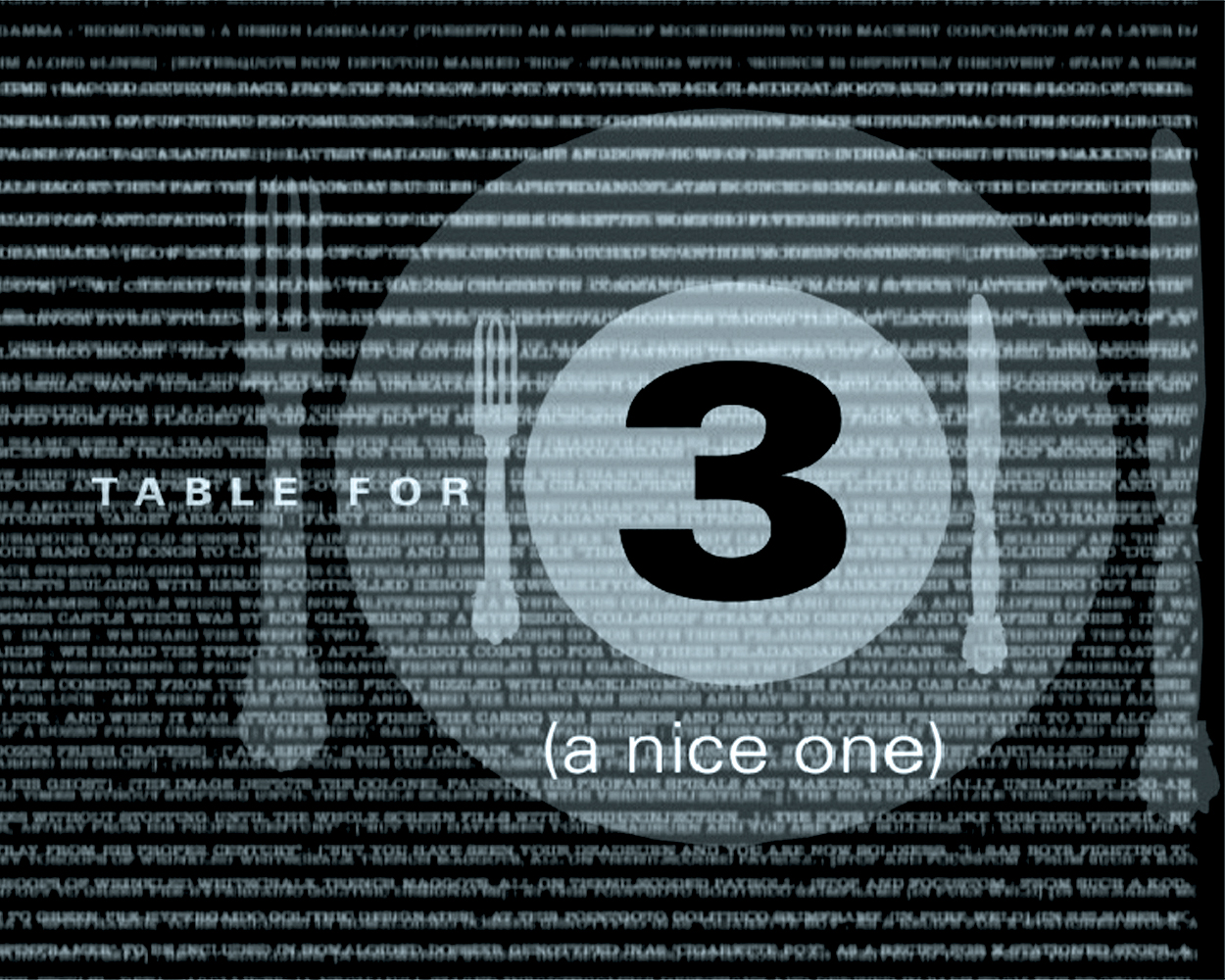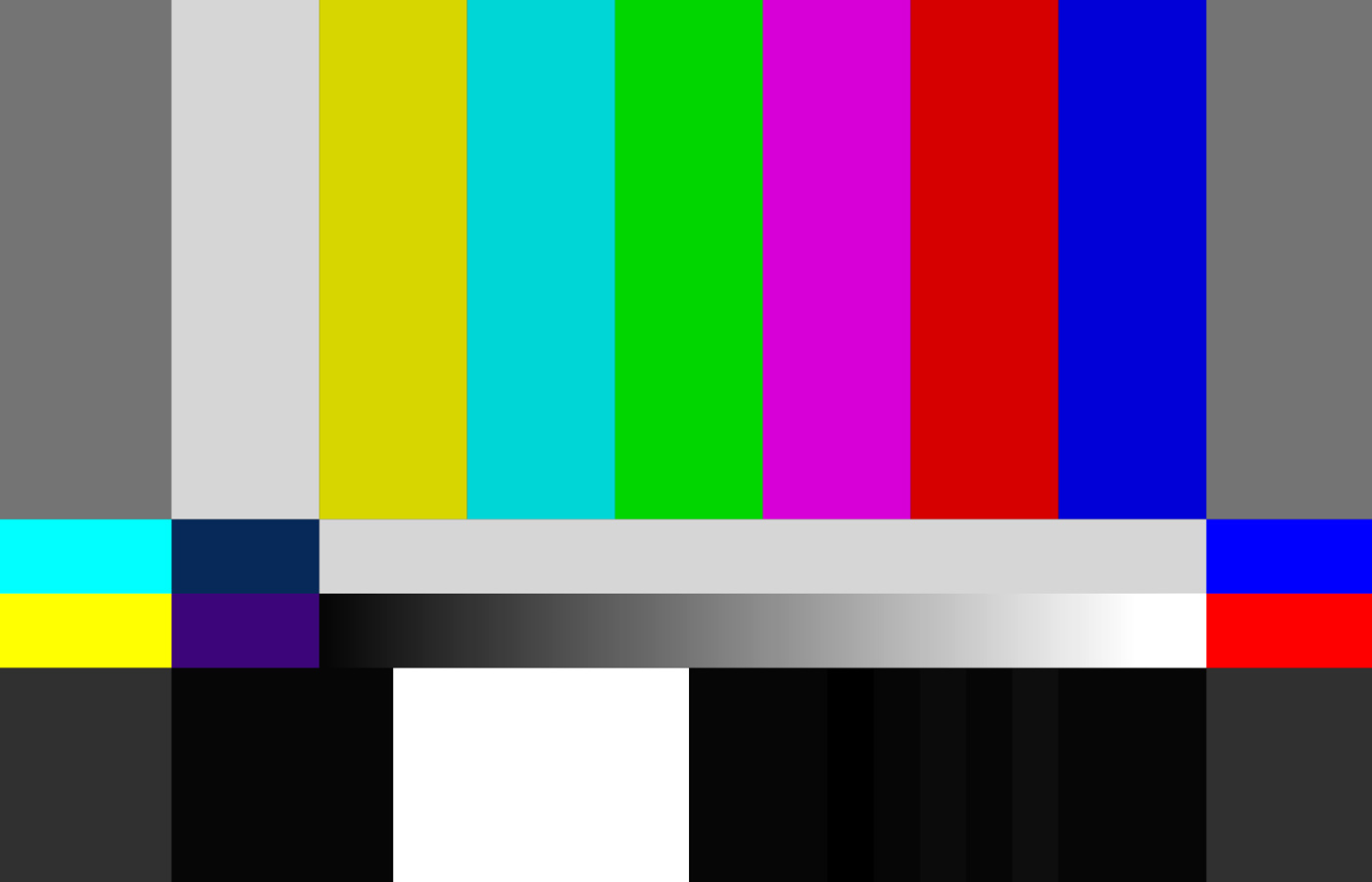RTE 2's recent rebrand, carried out in the UK, seems to have provoked the ire of many Irish designers. While some of the anger is reserved for the quality of the output, much of it is in response to the fact that the work was commissioned outside Ireland. The feeling being that there are many agencies here that would be more than capable of delivering the goods.
But is that the case? How many of us could say that we had the skills, capabilities and insight to deliver a large scale on-air branding project? There was a time not so long ago where several Irish agencies were producing a wealth of quality work in this area, nationally and internationally. Why is it not still the case?
To get a better understanding of what's involved in such a project and why less of it seems to happen here, we spoke to Brian Williams who's worked on branding, rebranding and directing stings for most if Irelands TV stations over the last 15 years.
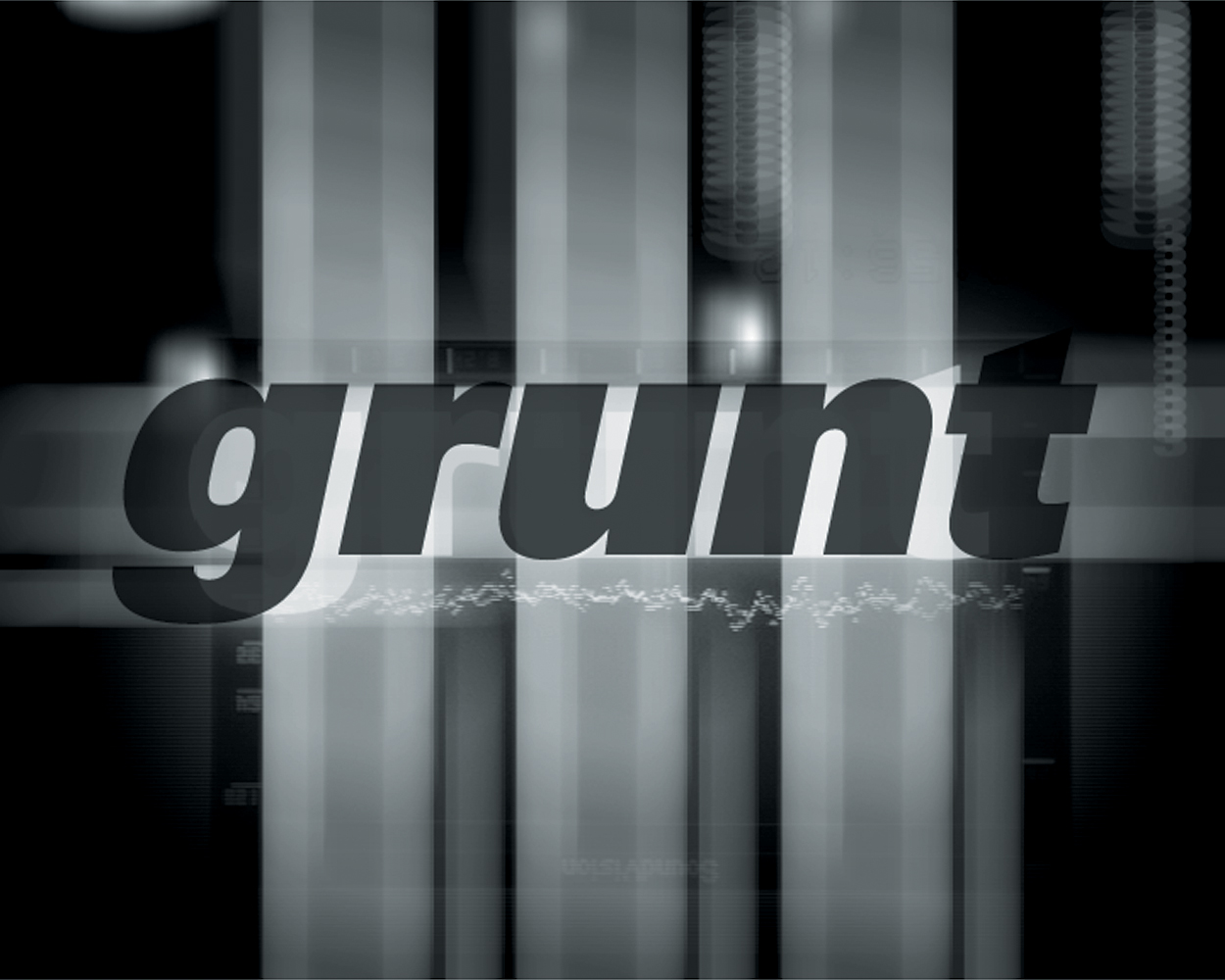
What makes it different from more general branding?
I think there are many reasons why branding for television is different to other mediums and honestly we learnt the hard way when we worked for TG4, [or TnaG as it started] at its inception.
Resolution, colour and time were huge factors back then, less so now. If you print out a standard definition frame on an A4 page at 720x576 pixels it’s actually tiny. This has a huge effect on the graphic elements you choose. Images hold up better, but designing with type and graphics can be a tricky business. We were used to high-resolution computer screens and the 300DPI world of print and moving into television actually seemed like a step backwards.
Logos we developed on paper soon became blobs when you reduced them to tiny branding bugs on the screen. Intricate lines would warp and distort when you saw them on TV, bearing in mind these were often Cathode Ray TV’s. So, we had to adapt our design style. This took time and effort and had to be done with logos, graphic devices and typography. It was only through trial and error did we learn what worked for TV.
But that is only half the story. These elements often required movement and animation and they had to exist with strict time restraints and over several mediums including print, web and screen. The applications we designed for were hugely varied in every way possible, from a logo on a microphone cube to a billboard, from an invoice to a station ident.
Colour too was a steep learning curve. With the Pantone system you are pretty much guaranteed a smooth transit from concept to finished product but television is the RGB world and we had to explore colour in a whole different way. What works on screen will often look like muck in print and vice versa. Add to that the variation between televisions, even in the station itself and you begin to understand what a huge task it was.
We had to learn a new language, bumper, sting, slug, bug so we could produce all the elements needed to design a brand ethos that was sound and bespoke for the station. But we did it, and we convinced TG4 that we could deliver better than Lambie-Nairn, the rockstars of TV branding at the time. By the end of the process we knew a whole lot more about TV branding than we did starting out and I’m still proud of my involvement. The upshot was by the time we worked for TV3, we knew that including the logo on a microphone cube or a reporters jacket was as important in winning the business as making sure the mark itself was robust enough to cover this huge array of applications.
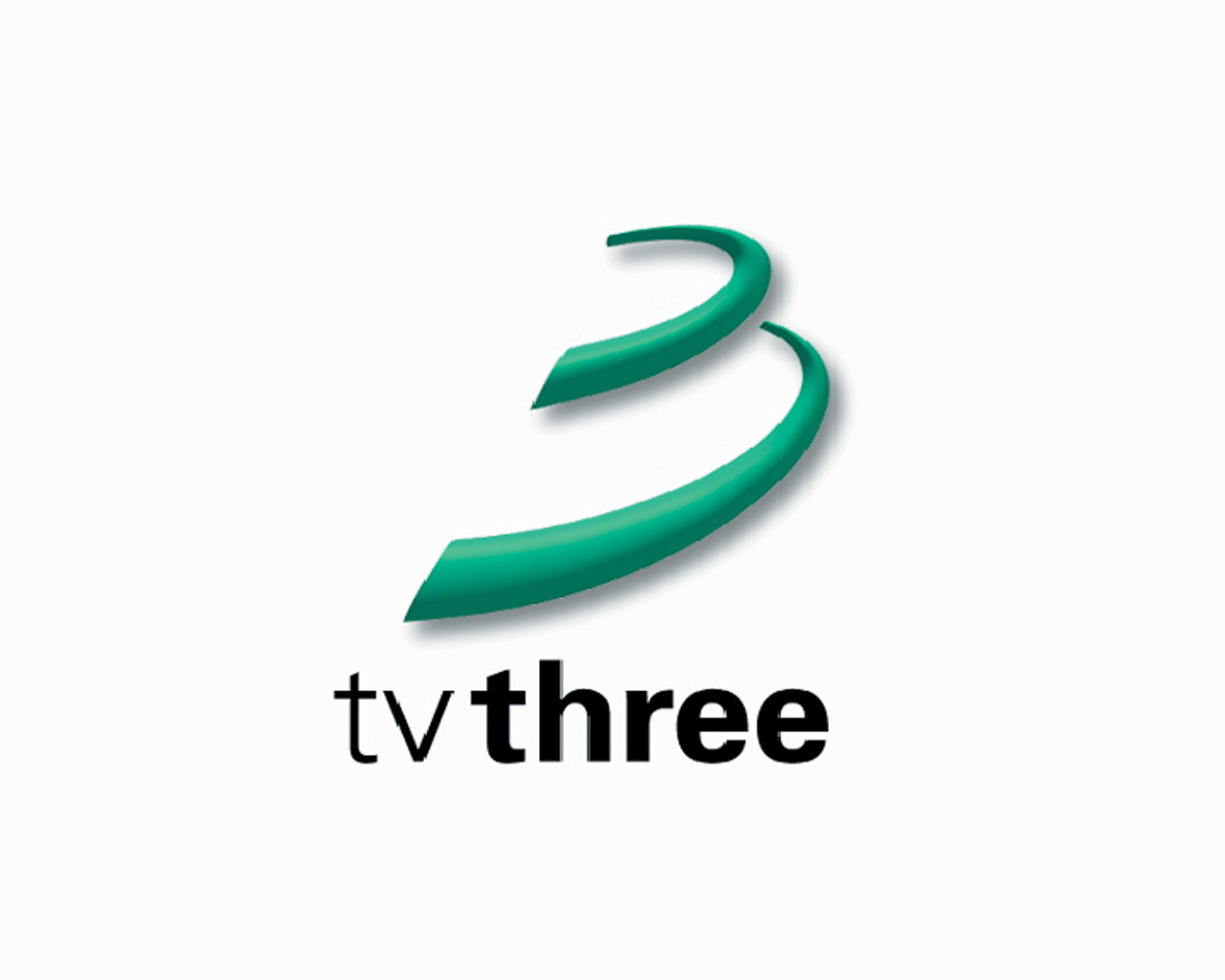
What's the process of delivering an on air identity
I’ve covered a lot of this in the previous question but there are some specifics worth mentioning. TV branding puts a logo under scrutiny like no other medium I know, so the process of testing the logo after you have developed a mark is vital. We were on the edge of the dawning of what we now know as motion graphics. At the time when I worked with early packages like Premiere or After Effects we didn’t even know the DTP animation movement had a name! But we fiddled around and got our logos and proposed graphics packages on a TV screen in the studio. This meant that when it came time to hand them over to the station we knew the elements would hold up. The hand over of all the elements was complex and daunting. In some cased it meant working with a postproduction facility. These facilities in Ireland, traditionally deliver the elements themselves. They are vastly experienced in TV and the jargon and learning curve alone would make your toes curl. So, we would learn how the graphics, originated in Adobe Illustrator usually, needed to be rasterized and supplied with mattes to the post house.
These then would be put to tape and delivered to the stations as master elements. Alongside this we produced printed and PDF brand guidelines that were used in conjunction with the element tapes. The station operator could refer to the guidelines on how to layout the schedule slate and use the elements from the tapes. That’s the idea, practice proved to be tricker as often an editor would be tasked with applying the guidelines and not a designer. Not ideal. Each station had a different set of skills and ethos when it came to design. Some stations had good skilled motion graphics designers working for them some got the runner to do it. Not quite true but not far off.
This also applied to advertising. Our guidelines also included a disk for print, with the font and logo elements. Ad agencies too would take the guidelines and apply them strictly, or in some cases, not at all. This was frustrating but as we grew more experienced in designing for TV we grew a lot firmer when we saw crimes against branding rear their vectors and pixels’.
The one element that developed to all this in a bubble was the idents for TV3 and TG4. At first we were not involved at all with creating actual animation or live action elements. But as we learned more about motion graphics we became more confident about dipping our toes into this very specific part of on air branding. To be honest I cant remember the exact chain of events but one of the first big breaks came with TV3 when we were asked to produce concepts for the on air idents. These were not groundbreaking; they were classic logo in the middle of the screen with bits of daily life going on around the logo. We ensured the look was applied well from the brand guidelines but we were frankly out of our depth when it came to directing live action. So it was at this point I asked a friend of mine to direct the live action and I co directed / hung on his coat tails. Then we supervised the editing and effects in the post house. The results were fine but the learning process was profound. With the new DTP technology I was determined to produce the work in house so we would have greater creative freedom.
This paid off big time as we convinced / forced our way in with TG4 to work on their idents. We came up with the concepts, directed them and often edited, did VFX and graded them. It was hands on and when you are a graphic designer who has always had control over the finished product this opened up a huge new world to us. I still direct TG4’s idents to this day, separate to the on air branding company and I’m proud of my long and super creative collaboration with TG4.
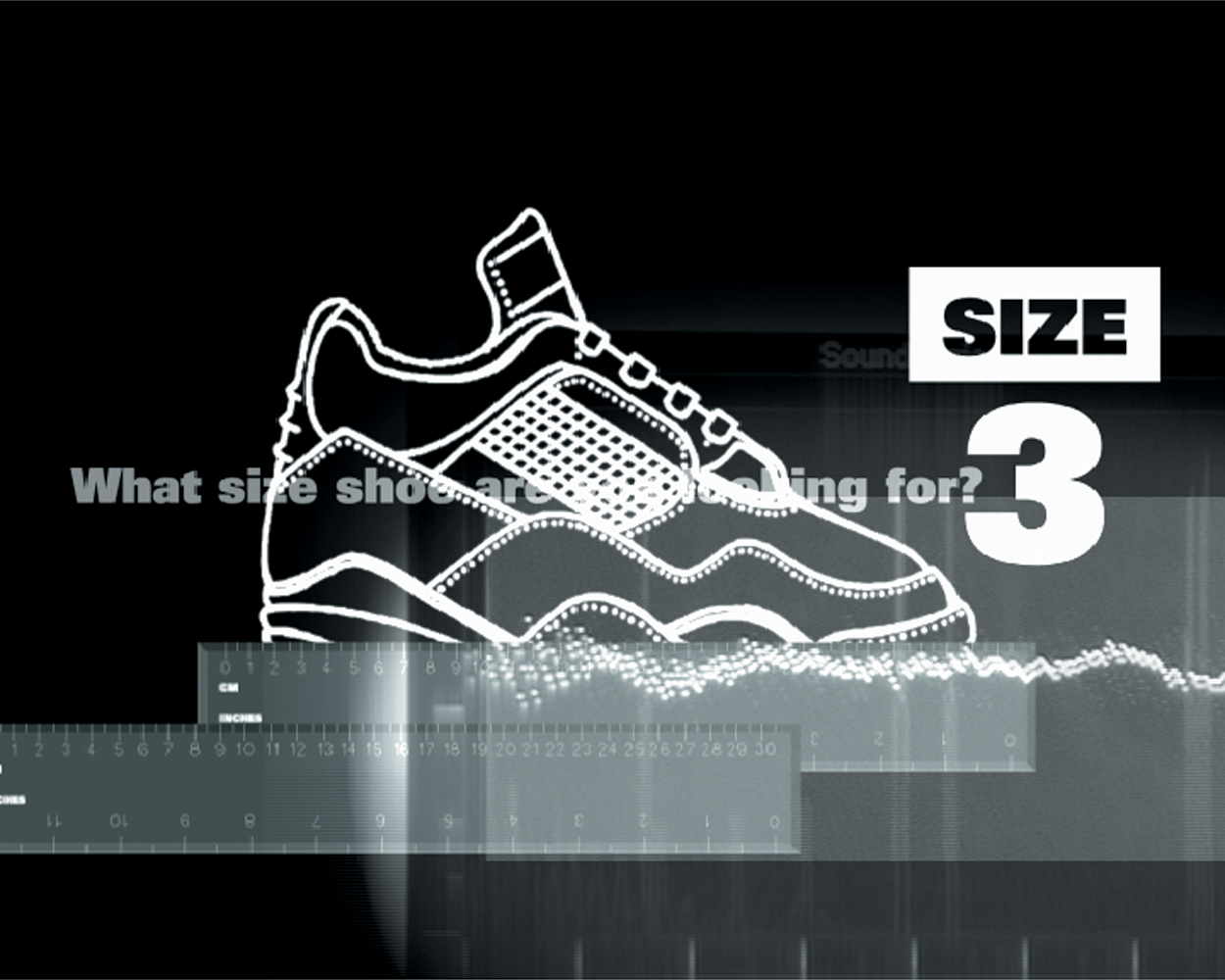
Is it specialist work, is that why it often goes abroad?
Yes is the simple answer. Very specialist. Any good designer or studio in Ireland can learn the craft of on air branding and deliver world class work but getting the chance to do it in Ireland takes a huge amount luck, skill, blissful ignorance and determination. The UK has dozens of terrestrial channels and hundreds more digital pumping out intricate graphics at a dizzying rate and at the core of all of them lies the brand and the mark. We have three, maybe four stations. The odds are badly stacked against us.
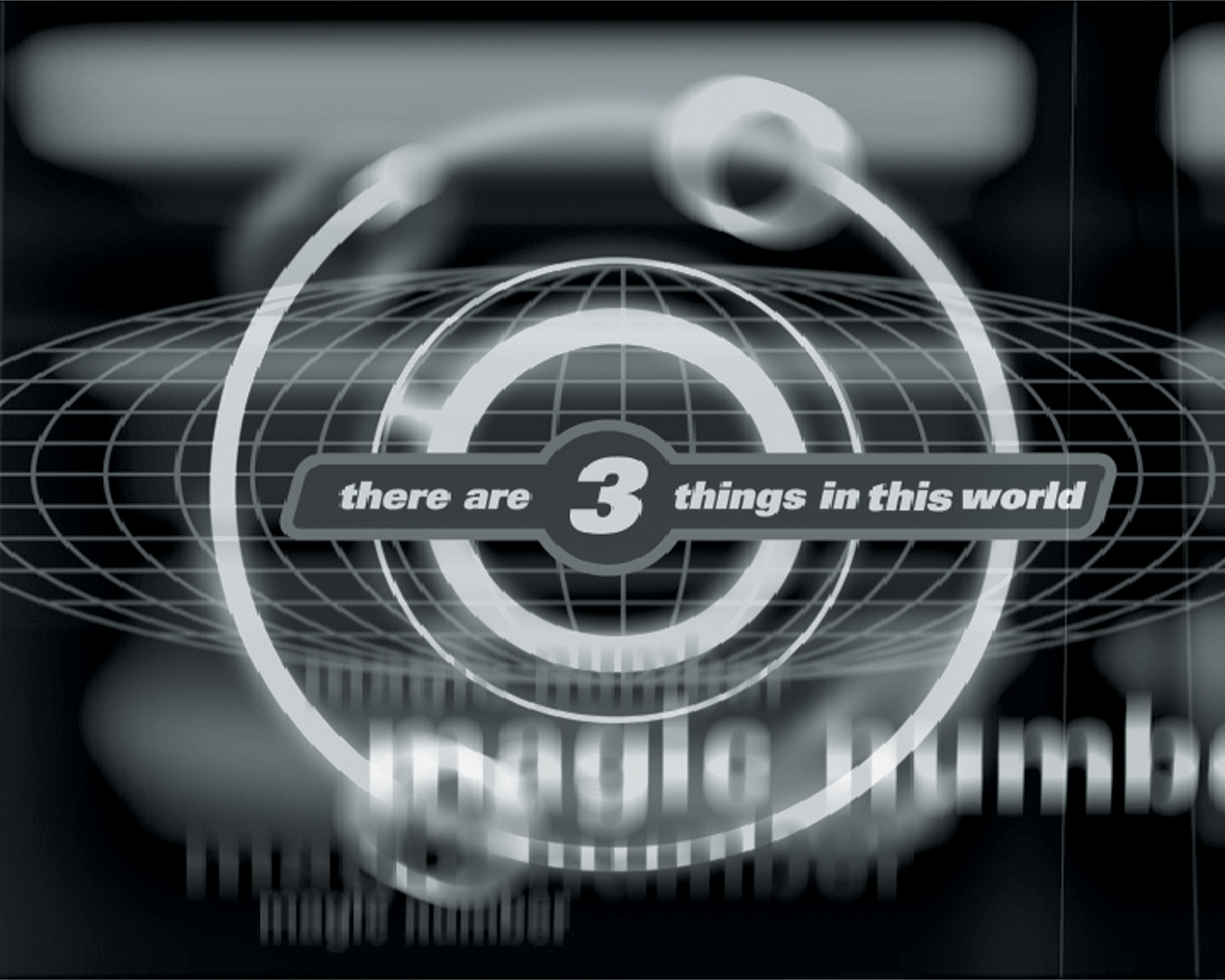
Why was there so much great work in this area done in Ireland in late 90's /early 00's?
This is such a great question and it almost keeps me awake at night. So many of the reasons are ephemeral. I can only speak for myself here and not any other company involved in that wave. I teach a bit in IADT and the standard of graduate coming out now is so far above what it was when I came out I’m often left speechless. The talent is clearly here, but why are they overlooked?
I had a basic understanding of design and an even more basic knowledge of the technology when I started working. But I was lucky to work on international projects from the start. I was a geek and I always thought I was only a so-so designer. But having work acknowledged abroad instilled a belief in me that I could run with the big boys from the big smoke. By the time I joined Dynamo I worked with people at the top of their game and they too had a global view of design, way before working globally way just a mouse click away. We had a quiet confidence and we were always outward looking. This mindset collided with a market that was experiencing an explosion of confidence too; the CT [I will not speak its name] was in full roar.
We interrogated rival companies thoroughly on their portfolio and possible strategies to winning a given job, BBC for example or CH4. Then we applied that learning to the uniquely Irish perspective. That was a card we always had, the Irish angle. Professional global practice combined with local knowledge. This gave us an edge. When it came time to meet with the Stations and pitch we found a unique breed of people with the same values and our approach resonated with them. We won. And it felt great. We learned how to apply our design skill to a new medium and we got better at it as time went on and we won again. Then we learnt new skills and we kept evolving. Then everybody had babies.
So what happened or needs to happen? The skills and studios are there and many of the individuals are still involved in the business. I think the crash in 08 has a huge amount to do with it. Irish designers kept getting better but the market and the individuals involved in commissioning changed and so did their values. The confidence was gone and this spread like a cancer from the clients and outwards into agencies and even my favorite optimist, the graphic designer. Safety was paramount and belief and risk taking in the best option, not the safest, evaporated. Who better to go to in this environment than a company that’s done it 5, 10, 20 times before. With solid, predictable results.
I think we need to foster that confidence in our abilities as designers and sell it to these people! I look to Offset, new studios and the new graduates and I see the same appetite for excellence as we had. I see many of my students leaving for London and New York and they shine. Why is Offset not on the Six One news? Why are our designers that produce international work not getting a spread in the Indo rather than Twink? Trite comment I know, but maybe part of the answer lies in making the industry, not just TV, know that we operate at a global standard and not a local one. The lessons I learnt as a young designer have stuck with me to now. Global excellence, outward looking, constant evolution and a rabid hunger to fuck the begrudgers.
